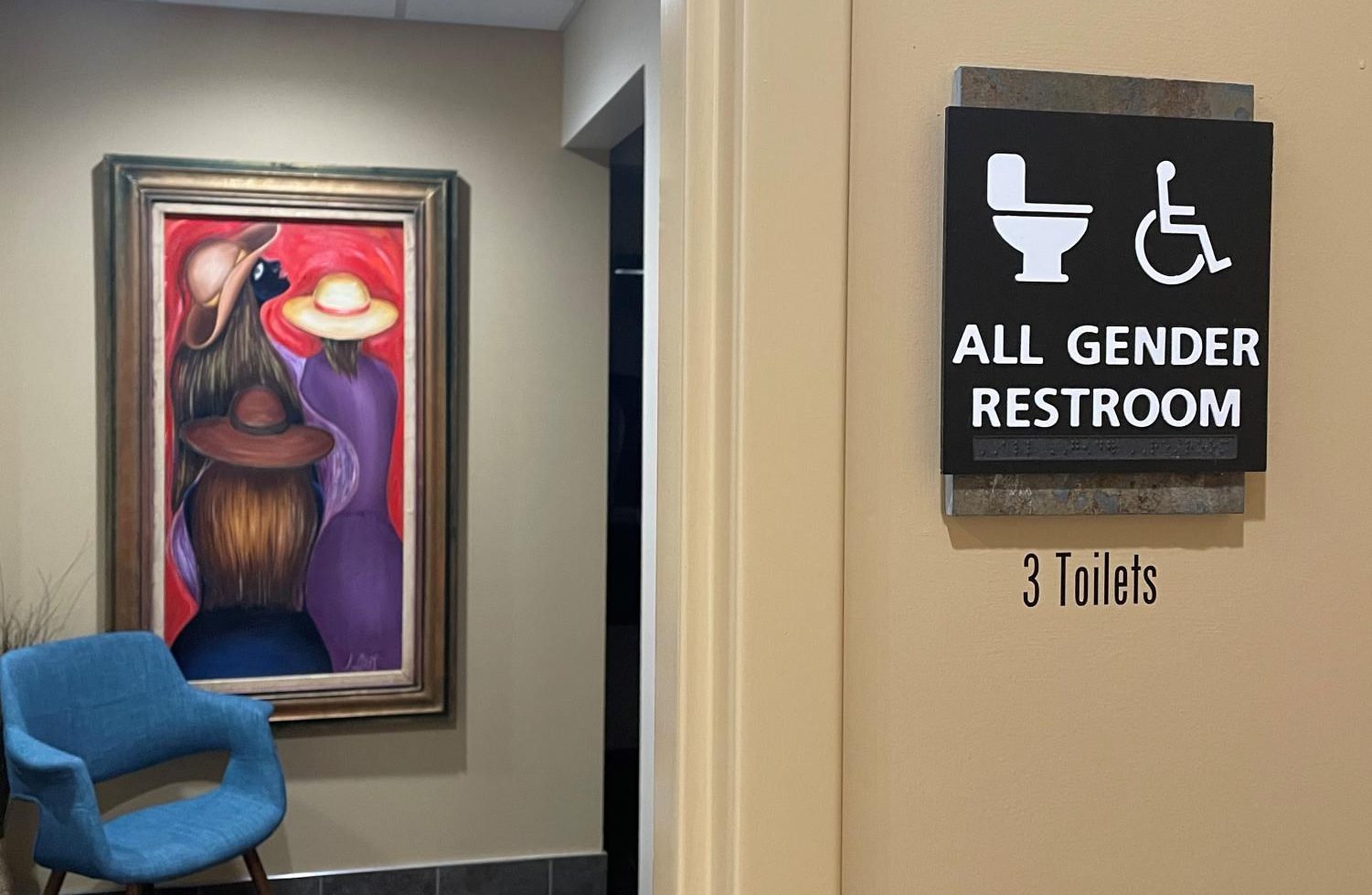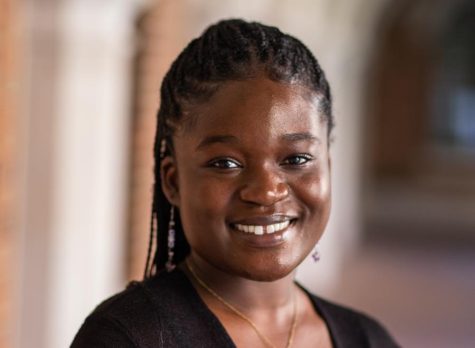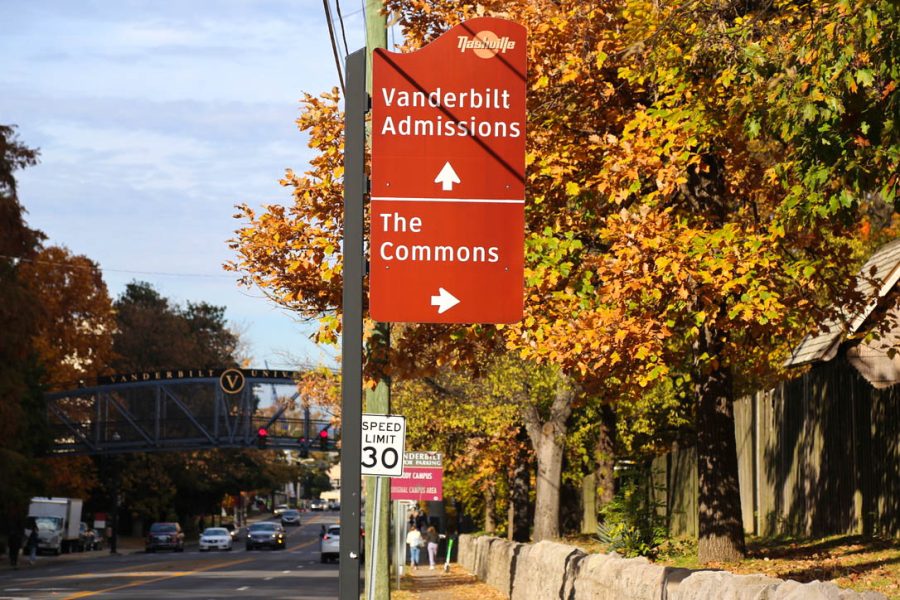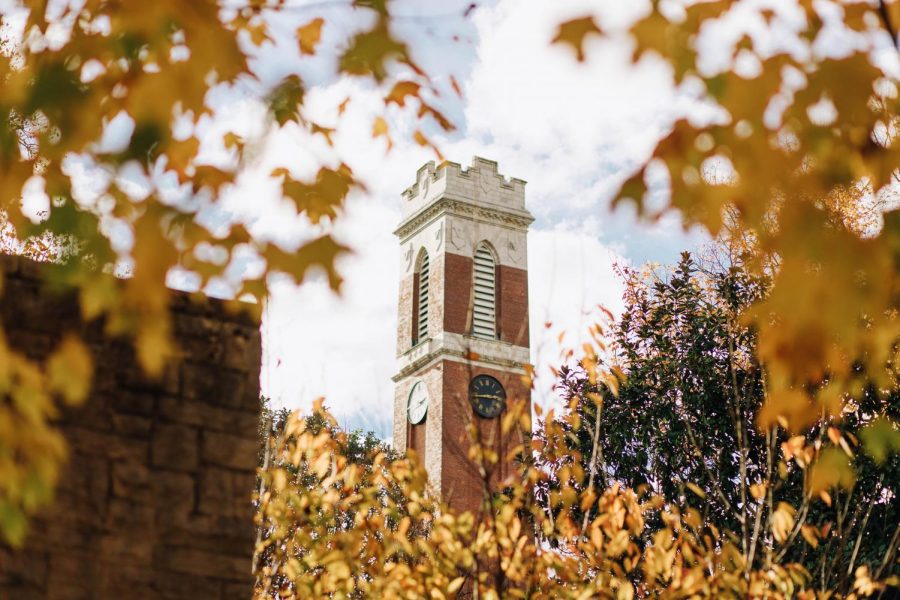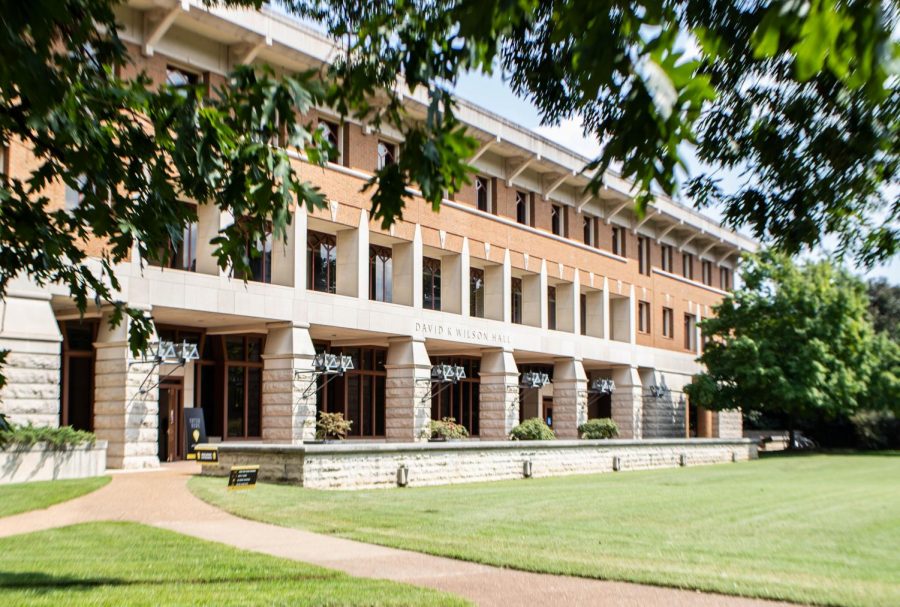UPDATE: This piece was updated on Oct. 20, 2021, at 10:20 a.m. CDT to include a response from the university that was received on Oct. 18, 2021.
Vanderbilt is among 150 universities nationwide to have recently adopted the use of gender-neutral bathrooms as a part of greater LGBTQI+ inclusivity efforts. As of print, the university has 176 gender-neutral restrooms, located in 68 residential halls, academic buildings and student centers.
Vanderbilt’s Lambda Association called for all-gender restrooms to be constructed in academic buildings in an April 30, 2021 petition with 462 signatures as of print.
“Vanderbilt University clearly treats TGNC (transgender non-comforming) students as a lower class than cisgender students when it comes to restroom availability, adversely impacting their ability to participate in classes,” the Lambda Association’s petition reads.
The most recently-installed gender-neutral bathroom was constructed in the summer of 2019 in the Bishop Johnson Black Cultural Center (BCC). This construction was approved after a 2018 petition garnered 523 signatures as of print.
The widespread adoption of gender-neutral bathrooms at Vanderbilt stems in part from a 2015 recommendation made by the University Staff Advisory Council and the Office of LGBTQI Life.
“Individuals, whether staff, faculty, students, alumni or visitors to Vanderbilt University, have the right to use a restroom that is consistent with and appropriate to their gender identity and/or gender expression,” the recommendation reads. “By identifying more single use restrooms across Vanderbilt’s campus and converting these restrooms to all gender spaces, we are not only fulfilling our equal opportunity and affirmative action policy, but also making Vanderbilt a safer campus for all students, staff and faculty.”
The recommendation was a collaboration between the Vanderbilt Lambda Association, the Office of LGBTQI Life, the Office of the Dean of Students and VSG. The recommendation called for the conversion of all single-gendered individual bathrooms to gender-neutral ones and the mapping of these facilities.
The Vanderbilt Lambda Association and VSG did not respond to The Hustler’s request for comment.
Vanderbilt currently has a 77:1 ratio of students to gender-neutral bathrooms, the quotient of total student enrollment and the number of gender-neutral restrooms. This proportion sits below Duke University’s ratio of approximately 70:1 and Brown University’s approximate 48:1 ratio.
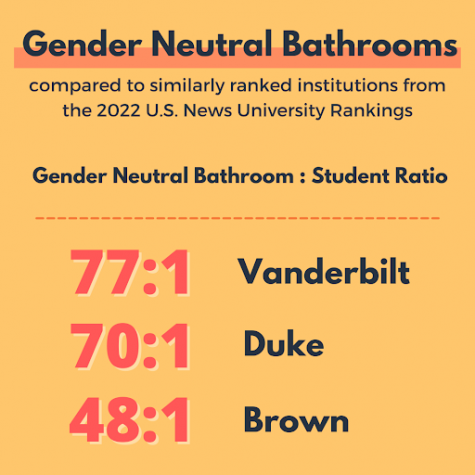
The university, however, does not have uniform availability of gender-neutral bathrooms in residential halls. While newer residential halls, such as Nicholas S. Zeppos Residential College, largely have gender-neutral restrooms on all floors, other, more historic halls, like East House and Gillette House, only have gender-neutral half bathrooms on certain floors.
Students living in older residential housing have found the lack of accommodations to be problematic, and believe that gender-neutral bathrooms are an important dynamic for dormitory life.
“I can’t use the women’s bathroom, obviously—it’s a violation of Title IX—so I’d just appreciate if they had more gender-neutrals because that way I can use the bathroom on the floor,” Gillette resident Mahaan Uttam said.
In an email to The Hustler, a university representative said that accessibility and gender inclusivity are at the forefront of future building renovations and constructions.
“Currently there are approximately 200 gender-inclusive restrooms available across campus, including at least one in every residence hall, and more will be added through upcoming capital projects,” the email reads. “As we continue to make these improvements, feedback and recommendations from members of our community are always welcome, and are considered as part of our planning and our practices.”
McGill Hall is a residence hall where residents have an opportunity to vote on the categorization of the fourth floor restrooms. The McGill Council holds a yearly vote on whether the fourth floor restrooms are gender-neutral. Depending on the outcome of the vote, restrooms are either labeled as all gendered or gender specific. This practice is allowed due to McGill’s unique autonomy from the Office of Housing and Residential Experience. The second and third floor bathrooms are gendered and non-gendered, respectively.
“With McGill, we have three pillars of our community, which are inclusive community and creative expression and free thought,” McGill President Kelly Morgan said. “For inclusive community, one of the initiatives we’ve had for a long time is making sure that gender-neutral bathrooms are available in the building.”
According to Morgan, the vote for the fourth floor restrooms usually favors the gender-neutral option.
“Almost all of the people always vote for the fourth floor to be gender-neutral,” Morgan said. “I think that’s because that is a lot more welcoming to different people in the LGBTQI community, which we have a very, very strong contingency of in McGill.”


